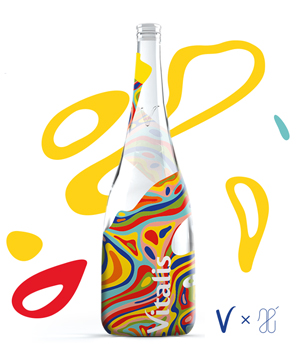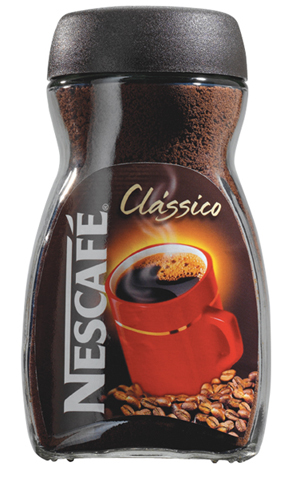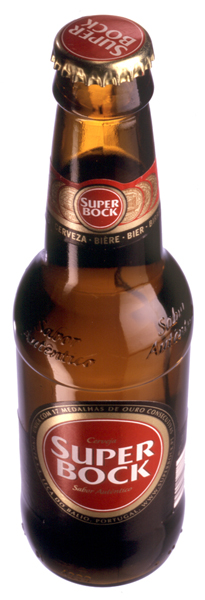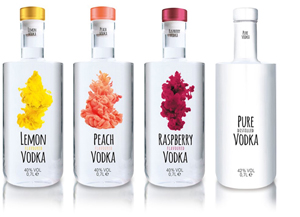Our clients have growing needs for new types of containers.
Our clients have growing needs for new types of containers.
Consumers identify glass containers with high quality products.
The emotional bond between consumers and brands must be handled in a manner that creates value for our clients.
A glass container may be of almost any shape and will support a wide variety of decoration techniques.
BA is equipped to meet all production needs, from small series to large and productive series.




NEW CONTAINERS
PRODUCTION SERIES
SMALL VOLUMES
There is great creative freedom in small production series. The containers are produced by small machines and at times with a simple gob. Certain shapes must be made in slow or semi-automated filling lines.
INDUSTRIAL SERIES
Most containers produced by us are limited by our clients’ logistic and production requirements. These packages are for faster filling lines and with more demanding transport and depalletizing systems. These packages are produced in double gob.
LARGE VOLUMES
For containers produced in large series, the industrial design restrictions must be taken into account from the project start to guarantee maximum productivity. They are produced by our largest machines, normally in NNPB, using Double or Triple gob.
EXCLUSIVE DESIGN
There are always exceptions to the described rules.
Industrial productivity undermines the creativity of container designers.
Whenever the logistics and, in particular, the filling lines are prepared for certain shapes, glass containers may be of almost any shape.
Restrictions are not imposed by the container production process, but rather by the features that restrict container handling.
TECHNICAL AREAS
Neck / Finish
Necks and finishes must comply with existing standards. Whenever a special finish or neck that does not comply with existing standards is requested, it becomes necessary ensure the manufacturer’s close cooperation and approval.
Each type of product and closure has its own requirements. In the case of wine bottles, the main requirement relates to the internal diameter and conicalness of the neck which must meet production requirements. The latest tendency moves towards "light" finishes. The aim is to reduce weight, maintaining the finish functionality.
Filling Levels
The empty space that determines the filling levels is essential for the expansion products subject to temperature variations.
This is an important requirement to ensure both consumer and packaging safety.
The filling level may also have an aesthetic impact on the consumer. Generally, the empty space varies between 1 to 5% of the total packaging capacity, but this rule depends on the product, type of seal, filling conditions and the final market.
Labeling Area
The labeling area should be flat/plain at least in one direction and labels should not be glued on areas with bi-directional surface curvatures.
For a greater label protection, the labeling area is carved out from package’s larger diameter to avoid the subsequent contact between labels.
This enables the final product, despite a demanding industrial process, to reach the client with its image – the label, intact.
Bottom
Packaging bottoms are important to ensure good performance in production and filling lines.
Packaging bottoms may be intended for industrial purposes or be used as design details.






